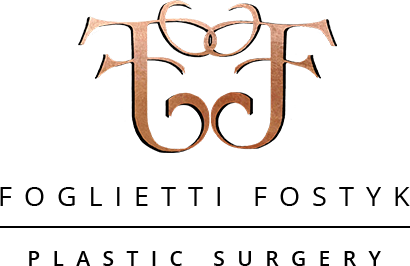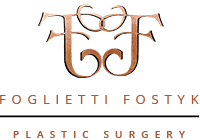
Question: My friend was telling me about a new procedure she saw being done on TV called a thread lift or feather lift; what is it and how is it performed?
Answer: The thread lift and a variation called the feather lift have both received an enormous amount of media attention lately. They are procedures that elevate the facial skin without performing a facelift but unlike a facelift, have no effect on the neck and jowl regions. It is performed as follows: a cannula (tube) is passed under the skin from the temple to the corner of the mouth. The tube contains a thread with hooks (barbs) on it. The tube is withdrawn, leaving the thread with hooks under the skin. When the thread is pulled upward, the hooks grab the undersurface of the skin, pulling the skin upward. The thread is then fixed to the undersurface of the scalp with tension. This lifts the facial skin. Minimal incisions are required and there is minimal recovery time if the procedure goes without problems. However, there are concerns regarding the thread or feather lift. If one of the threads loosens, the facial skin can drop on one side or the other, requiring additional surgery to tighten them evenly. These threads can loosen with time. In addition, there have been reports of the hooks causing irregularities on or under the skin’s surface. If there are problems and the thread needs to be removed, it is nowhere near as simple a procedure as the initial placement. In my opinion, a face/neck lift is the golden standard; when performed by a qualified and experienced surgeon, a face lift will only take 2-3 hours, not much more time than the thread lift procedure, but with a greater degree of accuracy that will insure exceptional and lasting results. The healing time for the average patient is only 10-14 days with a face/neck lift, well worth the additional time, considering the superior outcome. The consequences of a bad facial surgery can be devastating. In my judgment, this is not something worth cutting corners on.


